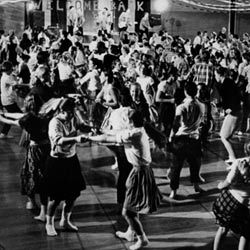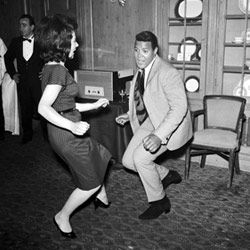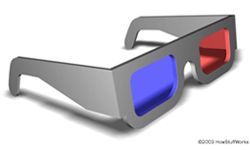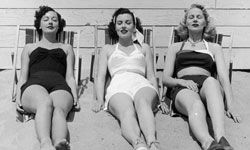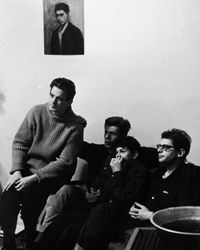Key Takeaways
- Poodle skirts were an iconic 1950s fashion trend with colorful, swingy skirts featuring images like poodles and hot rods.
- Sock hops were informal high school dances where teens danced in socks to rock 'n' roll music, influencing dance culture.
- The Twist was a popular dance craze of the late 1950s, made famous by Chubby Checker and Dick Clark, still remembered for its signature moves.
If you were around in 1950s America, you probably remember the Korean War and McCarthyism. But that's not the fun stuff to visit on Memory Lane. Modern culture still has a fascination with the fads, crazes and pop sensations from the age when the whole family sat down for dinner every night and a car with fins could get you a date. But there was more to the 1950s than sock hops and drive-ins; some of the trends and social movements that came out of that decade, such as the birth of rock 'n' roll and the widespread adoption of TV, continue to shape our lives today.
The following is a list of some of the most decade-defining fads and trends of the 1950s. Some vanished with the coming of the 1960s, while others are still well-known today. See how many you know, but don't get too excited -- nice boys and girls never do.
Advertisement


